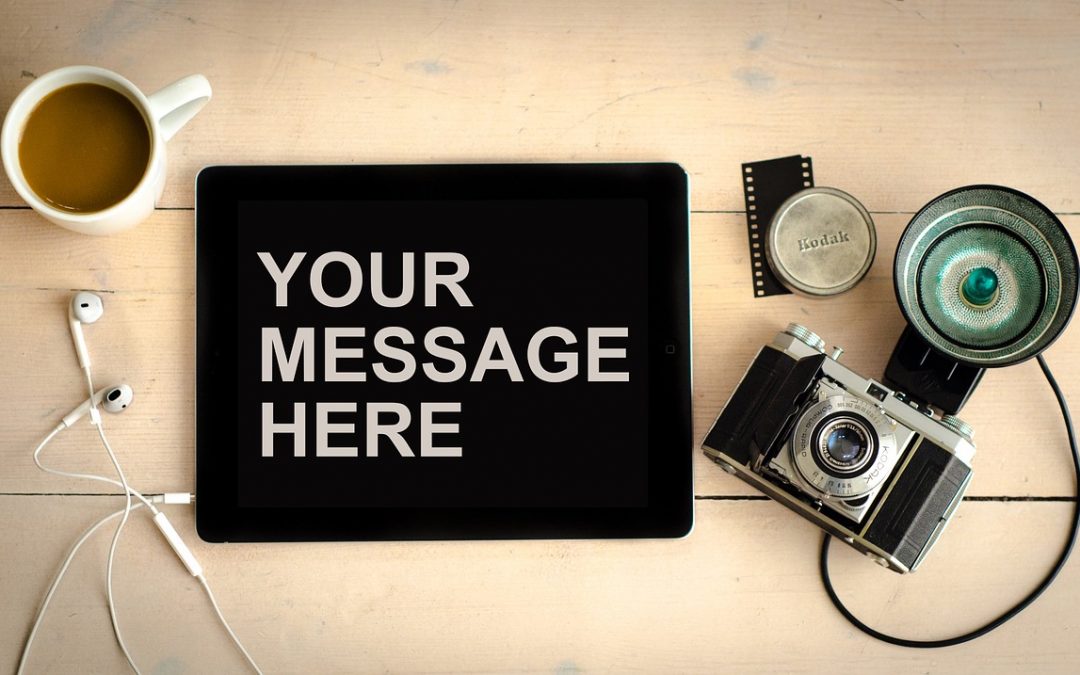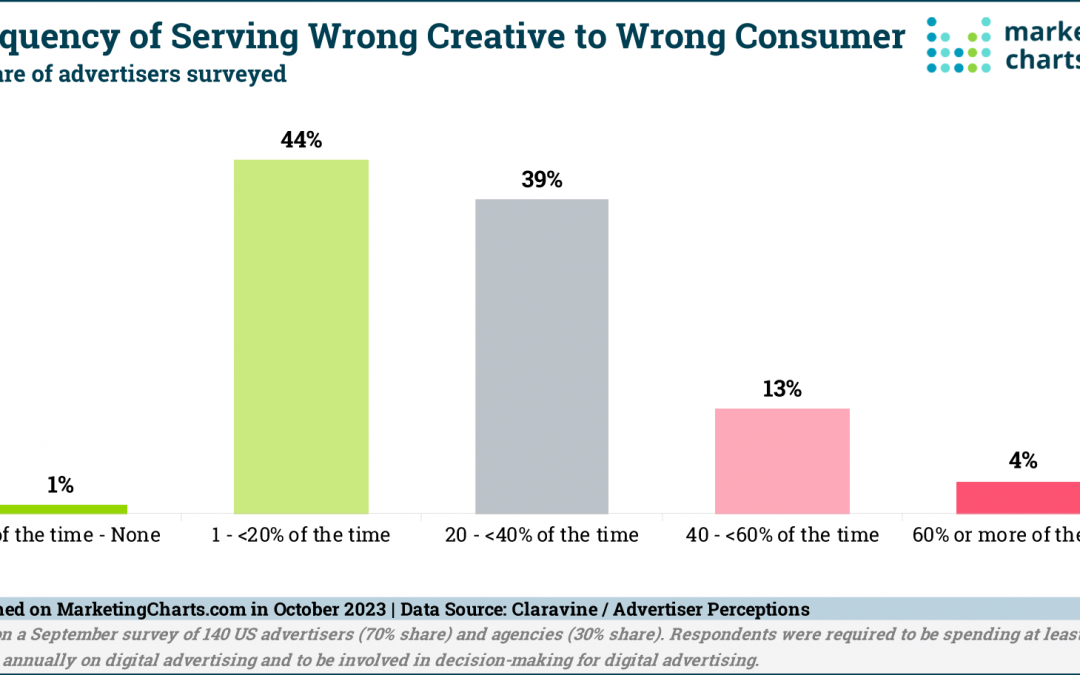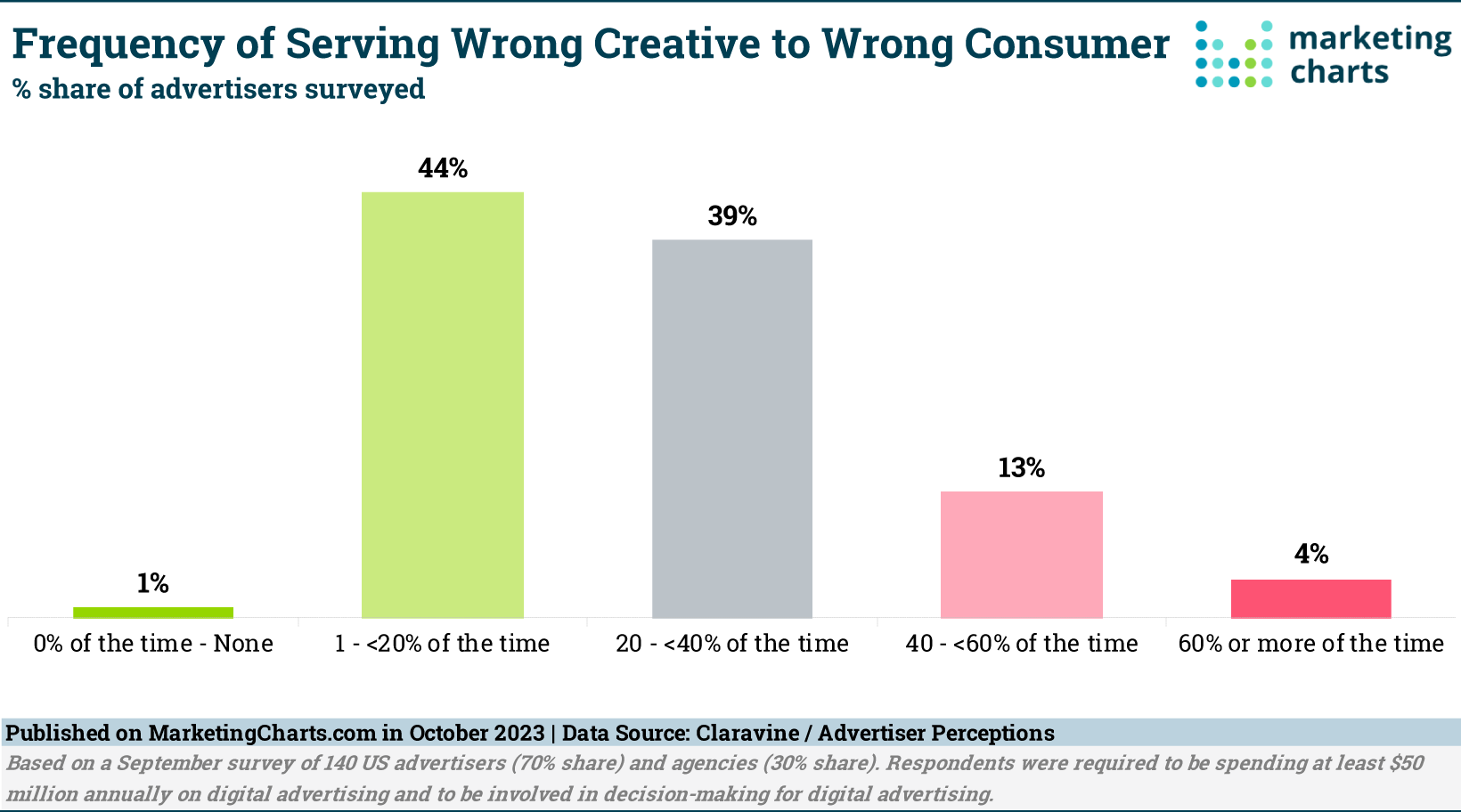The last few weeks I’ve been sharing my Sound ADvice newsletter content on my website and podcast and I’ve got another one to share. This time I’m also going to include content that wasn’t in the Sound ADvice newsletter too. And if you want to receive my free newsletter in your inbox, send me an email to Scott@WOWO.com
It was the famous line from the movie Field of Dreams, “If you build it, they will come”.
Today, good employees want more than a good paycheck; they want to “enjoy” where they work. So, the new hiring mantra should be… “Make it fun and they will come”.
Attracting, hiring, and retaining good employees is as difficult as it’s ever been. Last summer i reviewed 400 applicants in order to hire 2. Because we are very particular with finding the right person for the openings we have, we also make a diligent effort to keep them and culture is a key component.
If you have a “fun” place to work, exploit, promote, and tell people about it. They will come.
If you don’t, start building the “fun” culture today.
Study after study has proven that companies who put fun into their company culture are more successful.
Here are some startling statistics that may make you want to consider “intentionally” creating a fun and happy work environment:
- Companies with happy employees outperform their competition by 20%
- Happy salespeople produce 37% greater sales
- 36% of employees would give up $5000 in salary to be happier at work
- Happy employees take 10 times fewer sick days
It only makes sense that happy people are more productive. The obvious rings loud and clear, but the fact is, most companies don’t intentionally create a fun culture. It either happens or it doesn’t.
To put “fun” into your culture, first, start by recognizing it won’t happen on its own. It’s you, the owner or manager, who needs to implement a plan to have fun! Come up with fun or positive events plotted throughout the year, either monthly or quarterly. If you are struggling to come up with ideas, create a “fun idea” team and let them bring ideas to you!
It can be as simple as implementing “Casual Fridays” or “Bring your Pet to Work Day” and can be as deep as paid company trips. Having a company picnic in the summer and a Christmas party around the holidays is not enough in today’s competitive work environment.
In today’s extremely competitive recruitment and retention environment, businesses must make every effort to not only attract new employees but also retain the ones they have.
If YOU make it fun…they will come and Stay!
If you’d like to start putting more “FUN” into your business culture, click here to read 12 Ways to Create a FUN Work Environment.
P.S. If you are currently looking for better success with your recruitment efforts, reach out to me, Scott Howard. I can help guide you on how to target better-qualified candidates.
Some of the additional information beyond what was sent in my Sound ADvice newsletter is based on some conversations I’ve had recently and a special training session that our company, Federated Media conducted this summer.
Culture is more than fun and games, it’s also the interaction between staff and particularly between employees and their bosses. In 2013 the company I worked for had a management change in the department that I worked in. Within 5 months, I decided to return to radio because of conflicts. But it wasn’t just me. Within 18 months the entire digital marketing team resigned due to bad management including a couple of my co-workers who’d been with the company 10+ years.
This year, I’ve had conversations with a half dozen people who had similar situations. They were happy in their jobs and then management changed and it was not a good match. That led to career changes for the employees and their former companies had to find their replacements.
Federated Media’s C.O.O. Brad Williams brought back an advanced training program that he personally presented to all the full-time staff at our company. It took several meetings as we were limited to 20 participants each. This was an adaption of a program from Wilson Learning on Social Styles. End goal was for each person, no matter what their title or position to be able to identify their own style and that of others so we could improve our relationships with each other. This was a full day investment for everyone and for Brad, multiply that by at least 5 days, one for each group, plus travel and preparation.
Culture is the Key to attracting and retaining your team. Are you purposefully creating a culture that works?






